The years of the First World War presented Diaghilev with opportunities for experimenting with various new art forms. Theatre closures meant more time to experiment with dance and create new concepts, integrating Primitivism, Cubism, Futurism and Constructivism into the heart of the ballet.
In 1915 Russian artists Natalia Goncharova and Mikhail Larionov worked with Diaghilev in Switzerland. Goncharova, an artist who reflected Russia’s dual cultural legacies, Asian and European, had in 1913 designed the ballet, The Golden Cockerel, for Diaghilev using her own abstract expressionist paintings as direct inspiration. However, Goncharova’s ambitious designs for the third act were never fully realised. Diaghilev’s caution was due to audience riots that had broken out in Paris on the opening night of his Firebird ballet.
Now Diaghilev asked them to design a number of contemporary ballets, one of which, Liturgie, was based on the Russian Orthodox service.
You can see many of the costumes designed by Goncharova for the Ballet Russes here.
Mickhail Larionov’s designs for Chout were the most ambitious to come out of the war years, but this work did not open until 1921. He collaborated with Goncharova on a number of experimental ballet creations which were not fully performed until after the war, including Les Noces and Russian Stories.



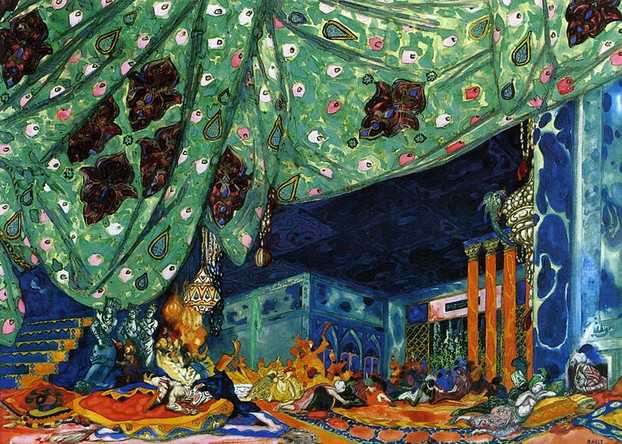
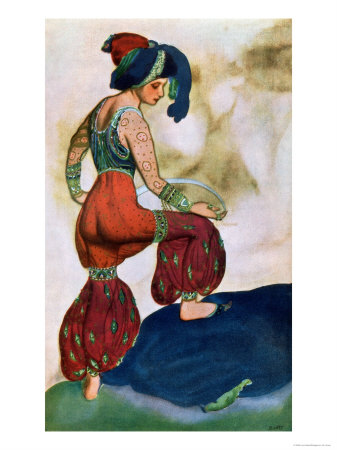



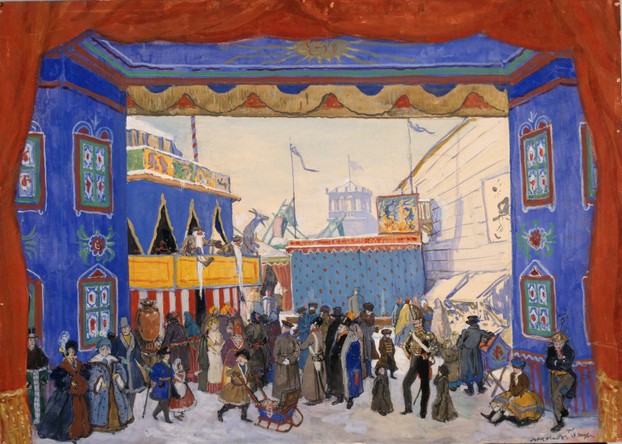



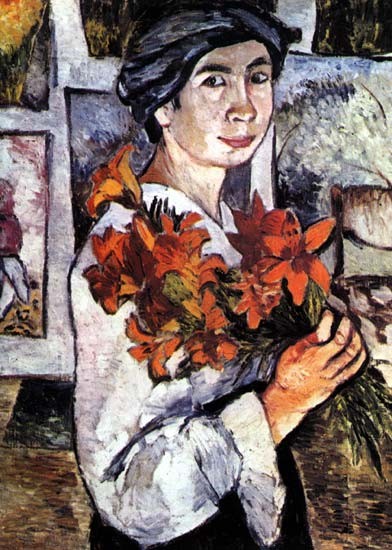



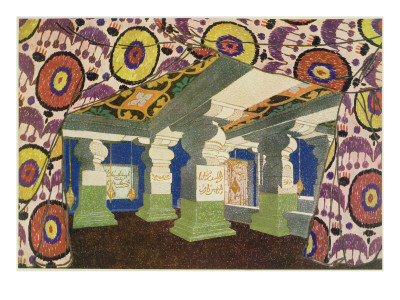

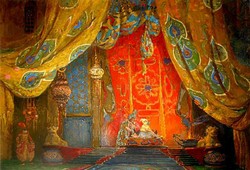

 How to Choose a Walking Cane or Stickon 08/01/2014
How to Choose a Walking Cane or Stickon 08/01/2014
 Michael Miller Fabulous Fabric Swatches for Quilting, Crafts etcon 07/02/2014
Michael Miller Fabulous Fabric Swatches for Quilting, Crafts etcon 07/02/2014
 The Drama of Life in the Rock Poolon 06/08/2014
The Drama of Life in the Rock Poolon 06/08/2014
 The Flâneur - Symbol of Modernity in 19th Century Parison 05/09/2014
The Flâneur - Symbol of Modernity in 19th Century Parison 05/09/2014
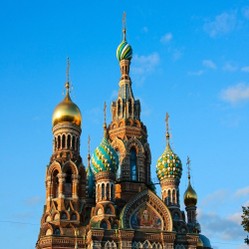
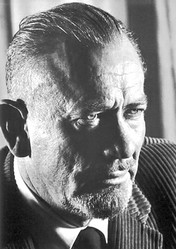
Comments